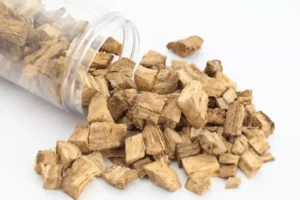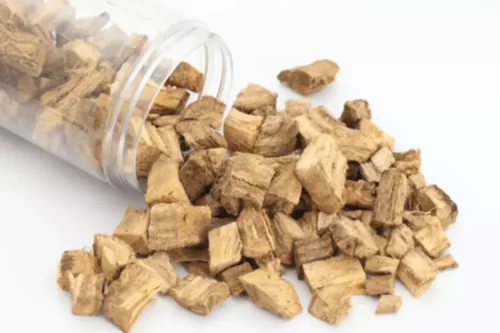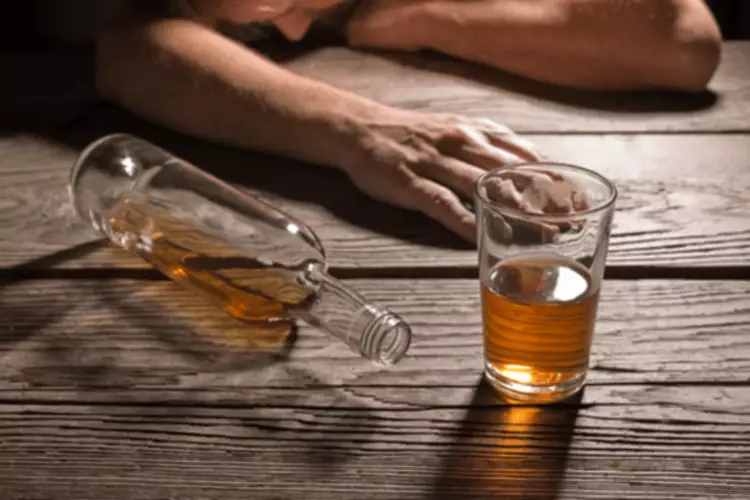
When social motives were high as compared to low, individuals whose friends were high-frequency drinkers engaged in the most heavy drinking. Alcohol consumption has frequently been linked to sociodemographic factors including gender, ethnicity, and age (Cahalan et al., 1969; Clark & Midanik, 1982; Hilton, 1987). Consequently, the effects of gender, ethnicity, and age on the relationships described above were explored. As found in past research, women, Blacks, and older adults were expected to consume less alcohol than were men, alcoholism statistics Whites, and younger adults.
Peer Pressure and Camaraderie
- Consequently, the effects of gender, ethnicity, and age on the relationships described above were explored.
- Rather, individuals should be more aware of their alcohol use, response to alcohol, and any problematic patterns of drinking that begin to develop, so they can be properly addressed promptly.
- “I think for people that are light drinkers, they probably don’t need to put a ton of brain space here,” Noelle LoConte, who co-authored the ASCO’s 2017 statement on alcohol and cancer, told me.
- This widespread use isn’t a new phenomenon — alcohol has played a significant role in society since ancient civilizations.
- In sum, the motivational perspective predicts that people will be motivated to use addictive substances to the extent they expect that doing so will result in desirable effects that they want to achieve.
Underage drinking Drug rehabilitation is one way that many young people rebel against society. As the volume of alcohol consumed increases, people find their inhibitions are typically lowered. They may begin to act more loosely and experience an increased sense of fun. If you or a loved one misuse alcohol, getting professional help is the first step toward recovery. At FHE, we have a comprehensive addiction treatment program with residential and outpatient options, offering a tailored approach that fits our clients’ lifestyles.
The Mental Obsession

When alcohol helps people effectively escape their problems, even for just a few hours, alcohol use is reinforced. Like self-medication, drinking to escape your problems increases the risk of an alcohol use disorder. Similarly, alcohol can provide a sense of escape from emotional pain and trauma. According to the National Center for PTSD, about 75 percent of trauma survivors develop alcohol dependence. These influences can all drive an individual’s perception and behavior around alcohol. The combination of normalizing alcohol use, and even overindulgence, with direct pressure from friends and family, can result in someone drinking more (or more often) than they prefer.
- According to one survey, nearly 90 percent of movies portray alcohol, including a wide range of films across different ratings and genres, and nearly as many television shows reference alcohol in one way or another.
- This includes teaching people about the importance of clean water, sanitation, and hygiene.
- He recently received the Sharon Manne Graduate Student Research Award, given each semester to provide funding for personal research projects that address important and timely mental and physical health issues.
- Choosing ice water or soda during these gatherings may create conflict with our friend or partner, who perhaps feels judged for their own use.
- According to the National Survey on Drug Use and Health, about one in five people aged reported having at least one drink in their lifetime.
- Despite some claims, raw milk is no more nutritious than pasteurized milk and does not prevent lactose intolerance symptoms or allergic reactions to milk.
What is the role of alcohol in transition and celebratory rituals?

Get the help you need from a therapist near you–a FREE service from Psychology Today. The relationship between these two factors is multiplicative (Value x Likelihood). This means that there will be no motivation to the goal pursuit if the value of the goal is zero, no matter how high the likelihood of success. Similarly, there will be no motivation if the expected chance is quite low.
- Enhancement drinkers are more likely to binge drink or lose track of their drinking when with friends, which can lead to harmful consequences like accidents, fights, or unwanted sexual encounters.
- They will value drugs or alcohol because of their rewarding properties.
- “Generally speaking, coping motives — drinking to cope with or alleviate negative emotions or stress — have been most strongly implicated in harmful drinking outcomes,” said Read.
- The complex relationship between alcoholism and depression is particularly evident in older adults, who may use alcohol to cope with loneliness, loss, or physical health issues.
- Sale of it is prohibited in many states and U.S. federal law does not allow it to be sold between states.
- Cultural change can be observed through shifts in drinking customs and preferences, reflecting the adoption of new beverages and drinking styles.
International organizations, governments, and NGOs have a crucial role to play in supporting efforts to improve access to clean water in Africa. This includes providing financial assistance, technical expertise, and capacity building support. Climate change is exacerbating existing water challenges, leading to more frequent and severe droughts, floods, and other extreme weather events. Changing rainfall patterns disrupt agricultural production and further strain water resources. Even where water resources are available, inadequate infrastructure prevents their efficient use. Aging and poorly maintained pipelines leak vast amounts of water, while a lack of storage capacity means that rainwater is often lost.
